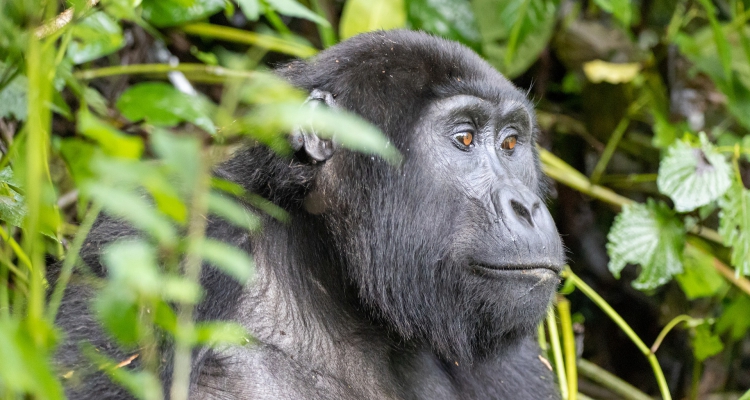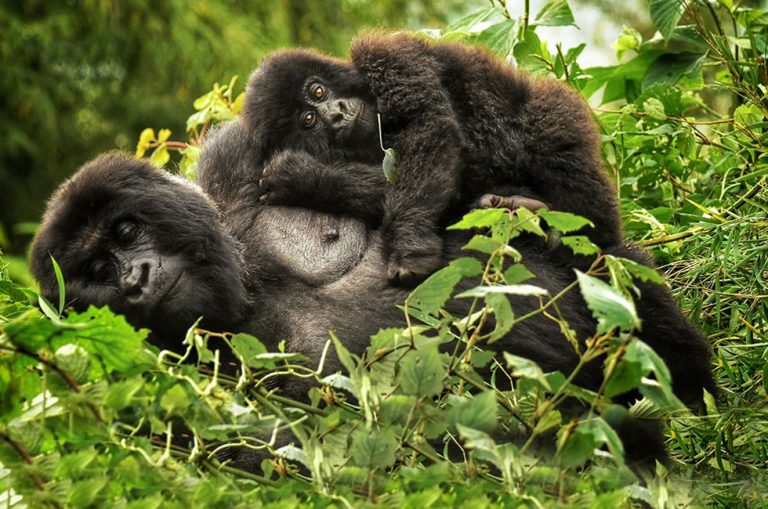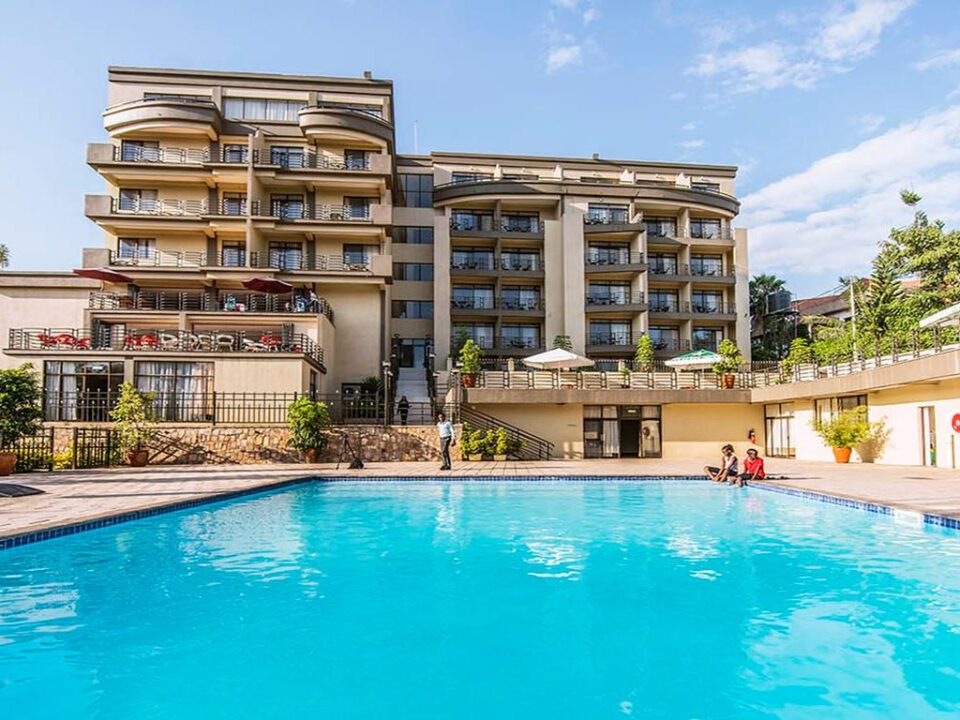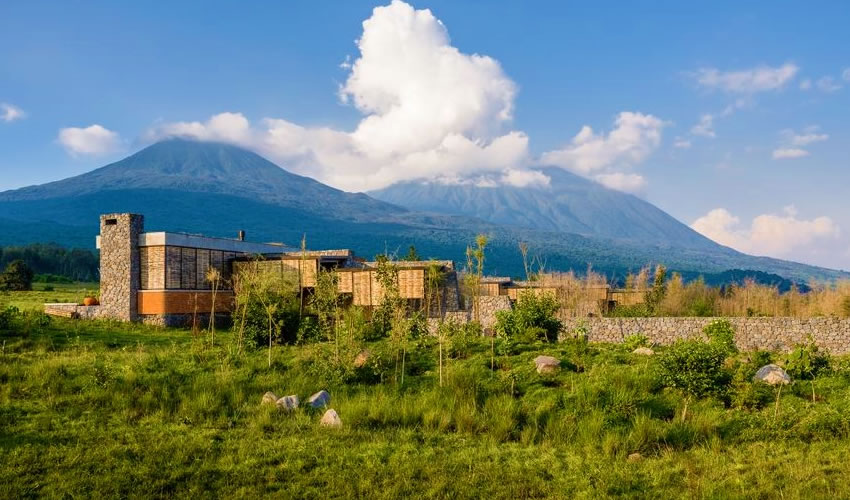- GET IN TOUCH WITH US:
- +256 753518160
- +256 777842166
- info@experiyatourcompany.com

Can I visit gorillas from Kigali in one day?
November 13, 2025
Is gorilla trekking physically demanding?
November 13, 2025What gear do I need for gorilla trekking in Rwanda?

What Gear Do I Need for Gorilla Trekking in Rwanda?
Gorilla trekking in Rwanda is one of the world’s most outstanding wildlife experiences, offering travellers a chance to step deep into the misty montane forests of the Virunga Mountains and witness the remarkable behaviour of endangered mountain gorillas. While the trek itself is suitable for a wide range of visitors, the rugged terrain, unpredictable weather, and dense vegetation mean that proper gear is essential for a safe, comfortable, and enjoyable adventure. Many travellers, especially first-time trekkers, often wonder: What gear do I need for gorilla trekking in Rwanda? Preparing the right equipment ensures you make the most of your hour with the gorillas and navigate the trail with confidence. This detailed guide walks you through all the must-have items, why they matter, and how they enhance your trekking experience.
Understanding the Trekking Environment
Before packing your gear, it is important to understand the environment you will trek through. Volcanoes National Park sits at a high altitude, with elevations ranging from approximately 2,500 to over 4,000 meters above sea level. The forest is dense, humid, and often mist-covered. Rainfall can occur at any time, even during dry seasons, and the terrain consists of steep volcanic slopes, muddy trails, slippery vegetation, and thick undergrowth.
These environmental conditions require durable, comfortable, and weather-ready gear. Proper clothing and equipment not only protect you from the elements but also make the trekking experience far more enjoyable.
Waterproof Hiking Boots
The most important piece of gear for gorilla trekking is a pair of sturdy, waterproof hiking boots. The trails can be muddy, uneven, and slippery, especially during or after rainfall. Thick vegetation, volcanic rocks, and exposed roots make stability essential. Mapula trekking boots or any high-ankle waterproof hiking footwear with strong grip are ideal.
Good boots provide ankle support, protect your feet from moisture, and improve traction on slippery ground. Make sure to break in your boots before your trek to avoid blisters or discomfort.
Long Trousers for Protection
Long trousers, preferably made from lightweight, quick-drying material, are crucial for protecting your legs from nettles, thorns, biting insects, and branches. Trekking through thick vegetation often involves brushing against bushes, crouching, or stepping over rough terrain.
Convertible hiking trousers are especially convenient, as they allow flexibility depending on the weather. Avoid shorts, as they leave your legs exposed to both the environment and insects.
Long-Sleeved Shirts and Layered Clothing
Gorilla trekking requires clothing that keeps you warm and comfortable without overheating. The early morning temperatures in the mountains can be cool, but the forest interior becomes warm and humid as you climb. Dressing in layers allows you to adjust your clothing as conditions change.
Long-sleeved shirts protect your arms from scratches and insects while providing an extra layer of warmth. Breathable, moisture-wicking fabrics such as merino wool or lightweight fleece are ideal for layering.
Carry a lightweight, waterproof jacket or windbreaker to guard against sudden rain showers. Even in the dry season, mist and rainfall are common.
Garden Gloves for Grip and Protection
Many trekkers overlook gloves, but garden gloves or outdoor trekking gloves are extremely useful. When navigating steep paths, you may need to grab onto branches, vines, or rocks for stability. Thick gloves protect your hands from stinging nettles, thorns, and rough surfaces. They also help you maintain a firm grip when the vegetation is wet and slippery.
Basic garden gloves with rubberized palms are often recommended by experienced guides and are inexpensive yet highly effective.
Gaiters or Long Socks
Gaiters are optional but very helpful, especially during rainy seasons. They help keep mud, insects, and small stones out of your boots. If you do not have gaiters, wearing long socks and tucking your trousers into them offers a simple and effective alternative. This also helps prevent safari ants from crawling up your legs.
A Waterproof Backpack
A small waterproof or water-resistant backpack is essential for carrying your personal items. This pack should be comfortable, lightweight, and large enough to hold water, snacks, extra layers, camera gear, and a rain jacket.
Many trekkers hire a porter to carry the backpack. Porters are available at the trailhead and not only make the trek easier but also support local community livelihoods. Even if you are fit, hiring a porter is a meaningful way to contribute directly to conservation and community development.
Plenty of Drinking Water
Hydration is essential when trekking in high-altitude environments. Carry at least one to two liters of water depending on the length of your trek and your personal hydration needs. While the trek does not always feel strenuous, altitude and humidity can cause you to lose fluids quickly.
A reusable water bottle or hydration bladder system works well. Many trekkers prefer insulated bottles that keep water cool throughout the journey.
Energy Snacks
Although the trek is not extremely strenuous, it is helpful to carry light energy snacks such as granola bars, fruit, nuts, or dried berries. These provide a quick energy boost during breaks and ensure you stay energized for the hike and the encounter with the gorillas.
Your lodge or tour operator often provides snacks, but it is good to bring extras of your choice.
Camera Gear With No Flash
Since photography is one of the most rewarding parts of gorilla trekking, a good camera is essential for capturing memorable moments. However, flash photography is strictly prohibited. Make sure your camera settings are adjusted accordingly.
A DSLR or mirrorless camera with a zoom lens (70-200mm or 24-105mm) works well for gorilla photography. Wildlife enthusiasts may prefer a longer lens, but keep in mind that gorillas can sometimes get very close, so a versatile zoom range is helpful.
Carry spare batteries and memory cards, as cold temperatures can drain batteries faster than usual. A protective rain cover for your camera is also recommended.
Lightweight Rain Jacket and Waterproof Layers
Rain is part of the gorilla trekking experience, and you must be prepared for sudden showers. A lightweight rain jacket or poncho that fits over your clothes and backpack keeps you dry and comfortable.
Waterproof trousers or quick-dry fabrics help ensure you do not remain wet for long periods. Wet clothes can quickly become uncomfortable at high altitudes.
Sunscreen, Insect Repellent, and Personal Toiletries
Even though the forest canopy is thick, UV exposure can still occur. Apply sunscreen before the trek, especially if your skin is sensitive. Insect repellent, preferably containing DEET or picaridin, protects against biting insects and mosquitoes.
Pack small essentials such as tissues, lip balm, hand sanitizer, and basic first-aid items. While most treks are risk-free, carrying personal necessities ensures peace of mind.
Trekking Poles for Stability
While not mandatory, trekking poles greatly assist with stability on slippery or steep trails. They help reduce strain on your knees, improve balance, and distribute weight more evenly. Many travellers find trekking poles especially useful during the rainy season.
Foldable or lightweight poles are easiest to carry and can be strapped to your backpack when not in use.
Hiring a Porter: A Vital Part of Your Gear Strategy
Hiring a porter is highly recommended for all trekkers, regardless of fitness level. Porters carry your backpack, offer support on difficult sections, and ensure you conserve energy for the most important part—the hour spent with the gorillas.
In addition to making your trek easier, hiring a porter supports local families and contributes directly to community development, which is vital in areas surrounding Volcanoes National Park.
The Right Gear Enhances the Experience
Gorilla trekking in Rwanda is a transformative experience, but the terrain and weather conditions require proper preparation. With the right gear—appropriate footwear, layered clothing, gloves, a waterproof backpack, and essential accessories—you ensure that your trek is safe, comfortable, and deeply enjoyable. Investing in suitable gear not only enhances your physical comfort but also allows you to focus on the magical encounter with the gorillas rather than worrying about the environment.
If you are planning a gorilla trekking safari in Rwanda and want expert support from start to finish, consider booking your adventure with Experiya Tour Company. Their professional guidance, well-planned itineraries, and deep knowledge of gorilla trekking essentials ensure that your journey is smooth, memorable, and truly life-changing.



